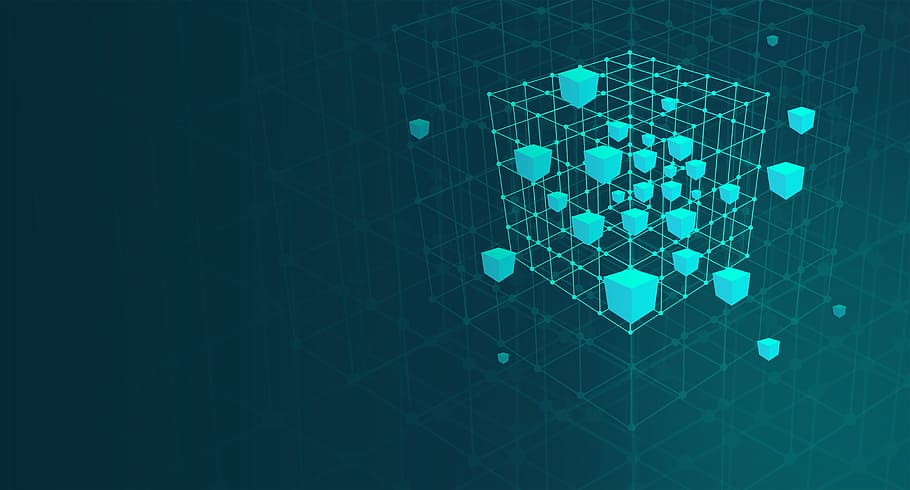
In the summer of 2003 I took my children to meet their great-grandmother in Canada. We drove from Minneapolis to Moose Jaw, and somewhere on the prairie in the middle of nowhere, we stopped at a Canadian Tire store for snacks and a break.
Browsing the newsstand, as I often do when waiting on others, leafing through a new issue of Wired magazine, one of the letters to the editor seemed familiar. I soon realized why; I wrote it.
I’d written the note and emailed it to Wired 2 months earlier from home in Mount Dora, Florida and forgot about it. I’m no celebrity, so it was a little surreal to see my thoughts reappear in a national publication 2000 miles from home.
Mapping New Territory
What graphics demand in space, they return in time and impact (“The New World,” Wired 11.06). Seeing information directly conveys ideas immediately and memorably, showing relative scale in creative ways. The beautiful illustrations in the Ultimate Atlas present fact as art, but they are no less relevant for that. If anything, they make the understanding of complex concepts more widely accessible, creating a new form of literacy. These are flowers, evolved to attract worker bees to knowledge. Go forth, learn, and pollinate others.
Kevin McLeod
Mount Dora, Florida
As the density of assembled facts increase, we are able to arrange them in patterns that anyone can intuitively grasp.
There is a clear progression in human biological and cultural development. Our vocabulary of calls as early primates expanded to complete languages, multiple languages, art, stories, writing. Entire cultures, centuries old, are defined by their language and stories.
What the Reformation and the Renaissance did was declare a definitive break with our reliance on stories and introduced a new element; the conscious, culture-wide collection and compilation of facts, together with an examination of these facts to better understand how the world really works. We call it science. Printed books were the technology that made this revolution possible.
Data visualizations are a new vocabulary, a new language and a map to knowledge. Just as letters, words, phrases and stories tell us about each other, our problems and challenges, art merged with data give us a sense of weight and proportion that written and verbal language can’t completely convey.
The torrent of information we experience daily – early Internet users likened it to drinking from a firehose – is so great that data visualizations are the most effective way to keep up with the flow. They take us to a higher elevation where we can see patterns much more easily, like going from a riverbank at groundside to glancing down from a jet airliner or satellite and seeing the whole river system.
Like any language, data visualization can be used well or badly, for trivial and useful purposes. But this is the next step, a way to communicate a lot of information very quickly. Someday children will routinely be taught how to make them, or will learn on their own.
Pattern recognition is moving to the next level.
Information is Beautiful Awards
Data Looks Dope
XKCD – The Money Chart
Data Visualization Dashboards